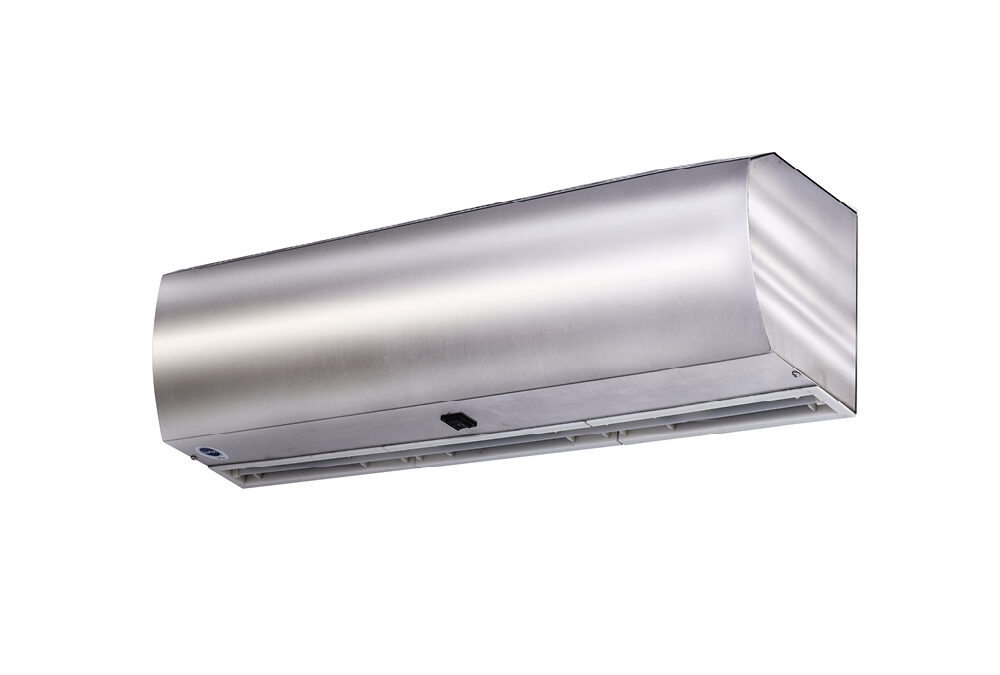I didn’t think I’d ever write this much about air curtains. But here we are. Because if you’ve ever stepped into a hospital and felt that sudden whoosh of air at the doorway, that’s not just a fancy welcome. It’s a silent guardian. One of the smallest but most essential things working in the background to keep people safe.
And in places like hospitals? Where hygiene isn’t just preferred but non-negotiable, those details matter more than ever.
So yes, air curtain systems matter far more than most of us realise, especially in healthcare. For hospital managers and administrators, partnering with trusted Air Curtain Manufacturers and Suppliers with a proven track record isn’t just convenient, it’s crucial. And whether you’re seeing it from a facility manager’s perspective or simply as a concerned visitor, it’s worth knowing exactly who these experts are and how they keep our spaces safer.
So, what exactly is an air curtain?
In simple terms, it’s a device that creates a steady stream of air across a doorway. The air acts like an invisible wall. And this “wall” does a whole lot of heavy lifting, without the drama of doors slamming shut every time someone walks in or out.
Now, let’s get into why hospitals, in particular, rely on these more than you’d think.
1. They keep the dirty air out
Let’s start with the obvious one. Every time someone opens a door (to the ER, the ICU or the maternity ward), they’re not just letting in people. They’re letting in outside air, dust, smoke, vehicle fumes, allergens, and even pathogens.
Air curtain systems are designed to counter this. That blast of air you feel at the entrance? It’s not cooling you down. It’s pushing outdoor contaminants back where they came from.
And no, it’s not perfect. But when you add that layer of protection on top of air filtration systems and deep-cleaning routines, it helps reduce the overall microbial load that can make its way into a healthcare facility.
That’s not just smart. That’s necessary.
2. They help maintain temperature stability
Here’s a lesser-known hygiene benefit, and it’s a big one.
Temperature plays a direct role in how bacteria grow and spread. Certain viruses thrive in warmer or cooler environments. So, when your hospital is carefully calibrated for infection control, every temperature swing matters.
Without air curtains, doors flinging open all day means cool, sterile air from inside keeps escaping. And warm, humid, potentially contaminated air from outside keeps creeping in.
By installing the right air curtain, you’re not just keeping the AC bill in check, but you’re also protecting the environmental balance inside sensitive areas.
3. They act as an insect barrier
Let’s be real for a moment. No one, including patients, staff, or visitors, wants to see a fly buzzing inside hospital premises.
Unfortunately, insects are persistent. They will find any crack in the hygiene protocol. But with a high-velocity air curtain installed at entrances, flying insects physically struggle to enter. The airflow becomes a deterrent, like an invisible shield that keeps them out.
For air curtain manufacturers and suppliers, insect control is often one of the top selling points. Not just because it’s effective, but because it prevents the need for harsher chemical-based pest control methods, especially in sensitive medical environments.
4. They lower surface contamination
Fewer particles in the air = fewer particles settling on surfaces.
It’s not flashy, but it’s a massive win for infection control. In operating rooms, patient wards, and even cafeterias, airborne pollutants can land on surfaces faster than we clean them.
And sure, hospitals already have rigorous cleaning protocols. But why not reduce the workload? With the right air curtain, you minimize the number of contaminants that make it through the door in the first place.
Which means fewer germs on surgical equipment, food prep counters, IV trolleys… You get the idea.
5. They eliminate door contact (sometimes entirely)
This might feel like a minor benefit until you remember what the world went through during the outbreak of the COVID-19 pandemic.
Hands-on handles, buttons, and doorknobs are all potential vectors for transmission. Many hospitals have started pairing air curtains with automatic sliding doors. This way, you get a contactless entry with an invisible, hygienic barrier to boot.
Less touching. Less spreading. More peace of mind.
Why Flintron thinks about these things so much
We’re not just air curtain manufacturers and suppliers. At Flintron, we spend our days thinking about things most people overlook — like airflow, bacterial movement, or how a single flying insect can undermine an entire sterilization protocol.
It’s not easy work. But it matters.
Our goal is to build smarter, more sustainable pest and hygiene solutions for spaces that demand the highest standards. And yes, air curtains are just one part of a much bigger system. But sometimes, the smallest things make the biggest difference.
Especially when they’re doing their job so well, you barely notice them.
Thinking about getting one installed? Start here.
Whether you manage a hospital, clinic, pharmacy, or diagnostic lab, adding a Flintron air curtain could be a simple way to level up your hygiene protocol.
You can explore more at https://flintrontech.com. Or just bookmark it for later. That’s cool too.
And next time you walk into a hospital and feel that gentle push of air on your face?
Know that it’s working quietly, protecting everyone inside, even if nobody claps for it.




